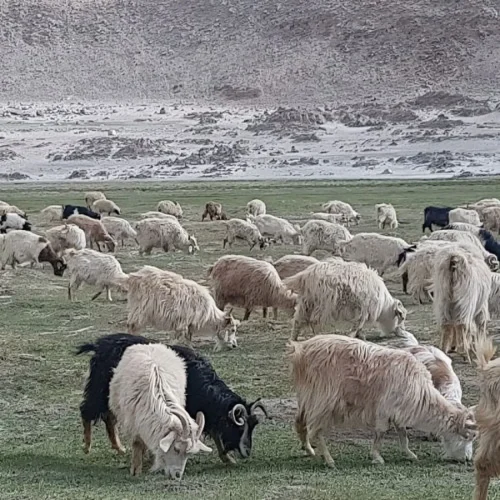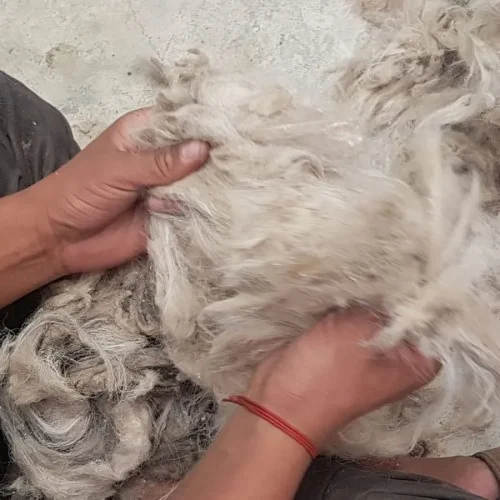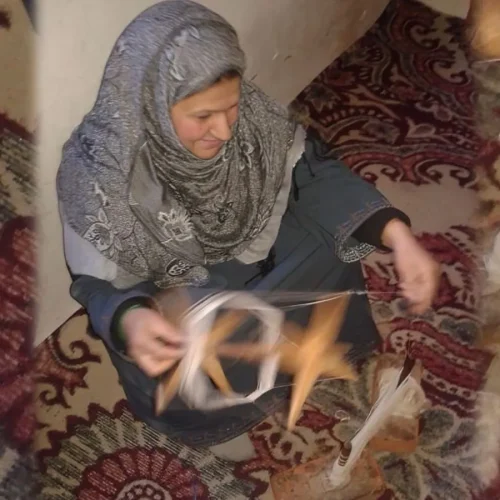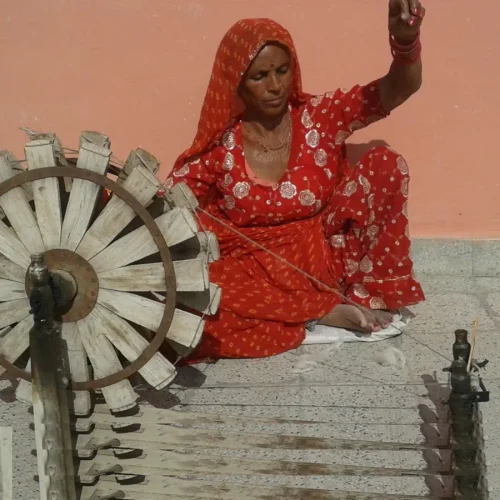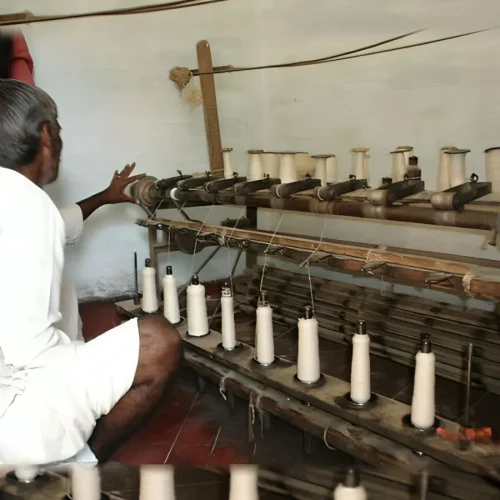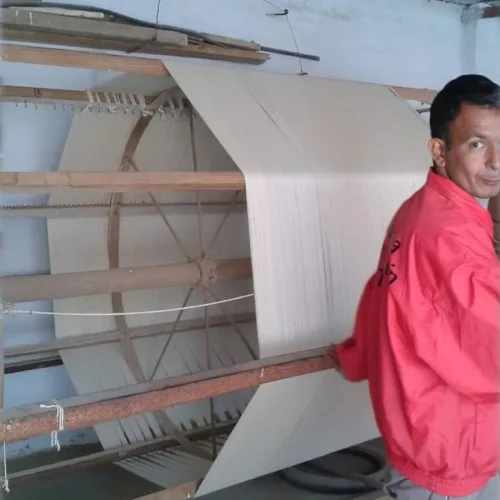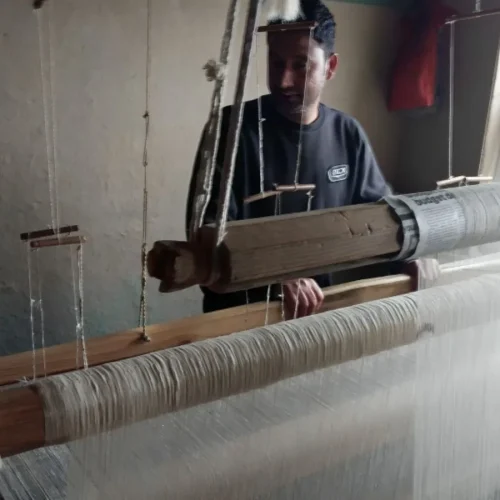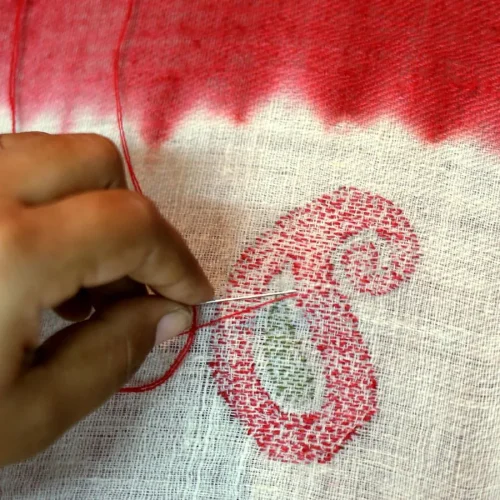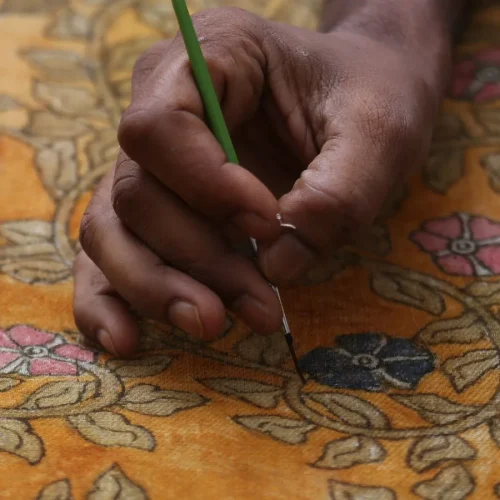
Pashmina Traditions
It is born of extreme cold and very high altitudes. Gathered by hardy, traditional herders it is handmade and its making, historical. Called soft gold, it is a sensual delight.
Downy, light, soft, moody and worth every gossamer gram of its weight in indulgence. Presenting the mystical Pashmina….

The finest type of cashmere wool, Pashmina is a fibre noted and prized for its incredible softness and warmth. Textiles made from Pashmina were first crafted and woven in the region of Kashmir (which is where the anglicised cashmere originates from). Woven by nomadic tribes from the soft downy hair shed by the Changthangi breed of the capra hircus goat, indigenous to the harsh climes of the Ladakh plateau and Tibet, the textile got its name from Persian travellers and traders passing through this region – the Persian word pashm means wool.
With a history going back thousands of years and finding mention in several medieval texts, the finest Pashminas are woven in Indian Kashmir and parts of Nepal. The quality of a finished shawl is largely dependent on both the softness of the fibres used, as well as the expert craftsmanship of the weaver.
The authentic and often exorbitant Pashmina bears testimony to the master craftsmen who weave it, as well as the extremely rare wool; because only about 0.01 per cent of the world’s global cashmere production comes from the Changthangi goat. All other varieties manufactured outside of the natural habitat of this goat are called cashmere.
At SoulWeaves, we use only certified Pashmina wool to make hand-spun yarn. Hand-spun yarn is then worked on handlooms to make the fine Pashmina textile.
Helping traditional herders and the dwindling tribe of authentic Pashmina craftspeople keep their trade and art alive, we work only with certified Pashmina.

